Embrace Green Freight Now with Route Optimization Software



The days of paying lip service to green freight practices are coming to an end. In today’s marketplace, consumers and businesses alike are increasingly demanding that the companies they do business with put sustainability up front and center. That means all operations, including supply chain, freight and delivery services.
Fleet operators face a new reality—they must demonstrate they are practicing sustainability, and practicing it well.
Today’s consumer wants to know that the company who’s delivering their groceries and appliances is doing so in the most sustainable way possible. And retailers want to be able to reassure their customers they are using responsible, green delivery services, inbound and outbound.
This powerful trend is happening now. Even the pandemic didn’t get in its way. The State Of Supply Chain Sustainability 2021 survey report found that COVID 19 didn’t actually impact the push to make supply chains more sustainable. On the contrary, a stunning 83% of the supply chain executives interviewed said that COVID 19 has either accelerated supply chain sustainability activity or, at the very least, increased awareness and brought urgency to this growing field.
The message is clear. If you’re not already under pressure to adopt green freight practices, you very soon will be.
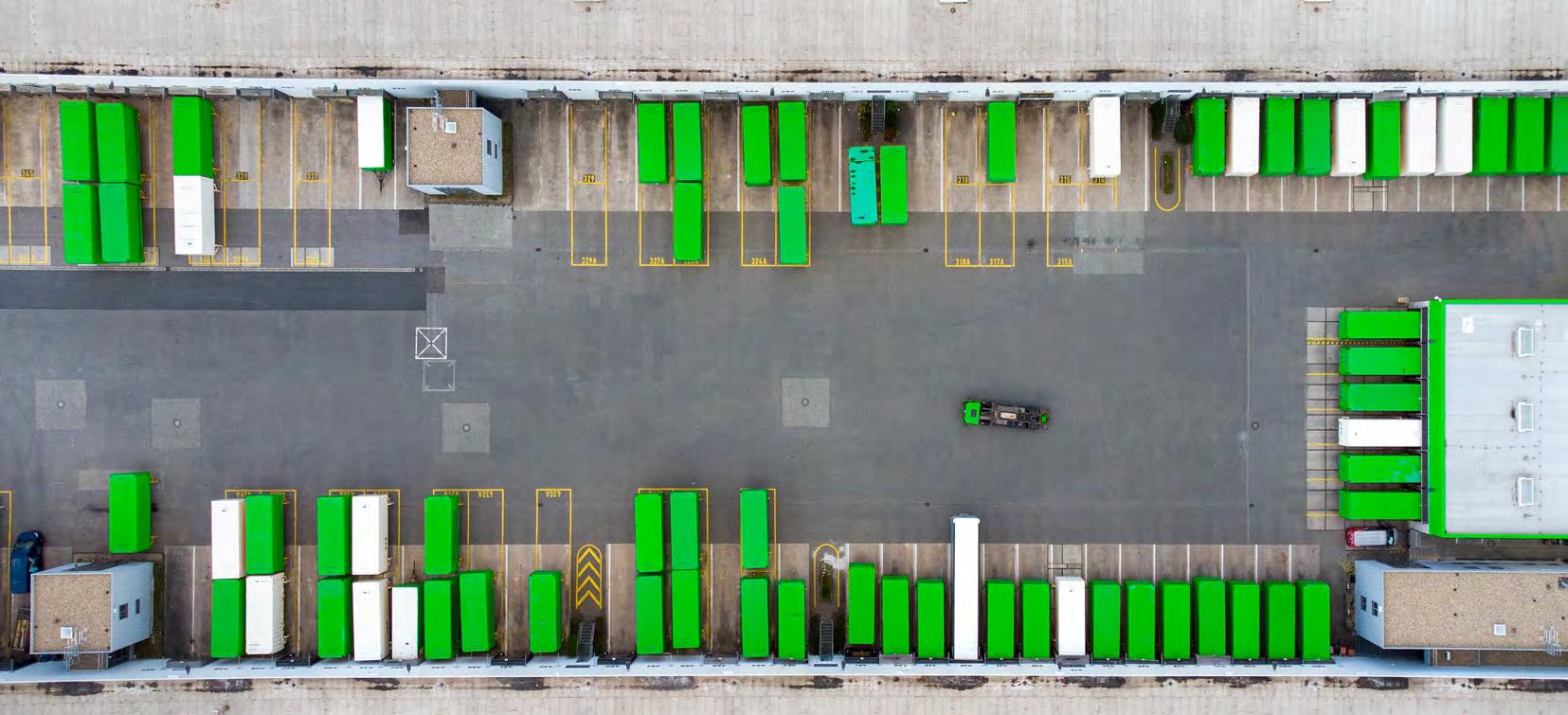
But going green is a daunting task. Freight is one of the notoriously bad actors when it comes to businesses that produce harmful emissions. According to the Environmental Protection Agency, road freight accounts for more than 23% of all US greenhouse gas (GHG) emissions while accounting for only 5% of traffic on US roads (air travel’s share of GHG is only 2.24%). Add to that, more than a quarter of US trucks are driving around empty, as reported by the National Private Truck Council. And, even when they’re not empty, truck trailers are 36% under-utilized, according to the US Department of Transportation.
One of the reasons for these excess miles is that many fleet operators continue to use outdated, manual processes for determining the best, most efficient routes.
It’s been clear for a while that America needs to go on a truck-mile diet. Eradicating some or all these unnecessary truck-miles would seriously improve trucking’s sustainability credentials.
The good news is you don’t have to spend a fortune on a fleet of shiny new electric or gas-powered vehicles to go green. Focusing on HOW you drive, rather than WHAT you drive can take you a long way towards greatly enhancing sustainability metrics in your freight operations.
Advanced vehicle routing and scheduling software can help transportation operations become greener right away. How? By enabling deliveries to be completed using fewer miles, drivers and trucks, and less fuel, using your existing equipment.
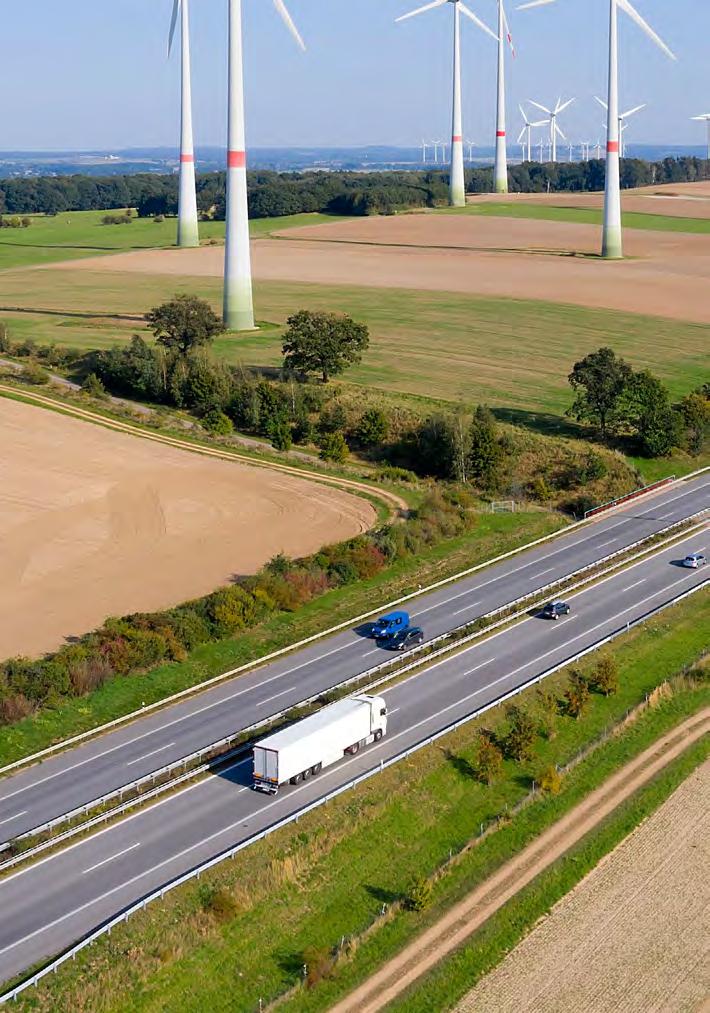
Take the example of George’s Inc., a Southern U.S. farm-to-table supplier of fresh and frozen chicken products that processes over 5 million chickens a week. George’s used route optimization technology to cut miles driven by 5%. It also reduced its fleet size by 10% and saved $31,000 in annual fuel costs. That’s a significant accomplishment when it comes to sustainable freight practices.
Routing software can also make the entire process of planning and managing deliveries more efficient by cutting waste in multiple areas, including labor, customer service resources and even paper. And of course, this means lower costs all around—as much as 30% of total transportation costs. Those savings go straight to the bottom line.
Reducing fleet operating costs while achieving ambitious sustainability goals go hand in hand. More sustainable freight operations always save money, and running leaner is always greener.
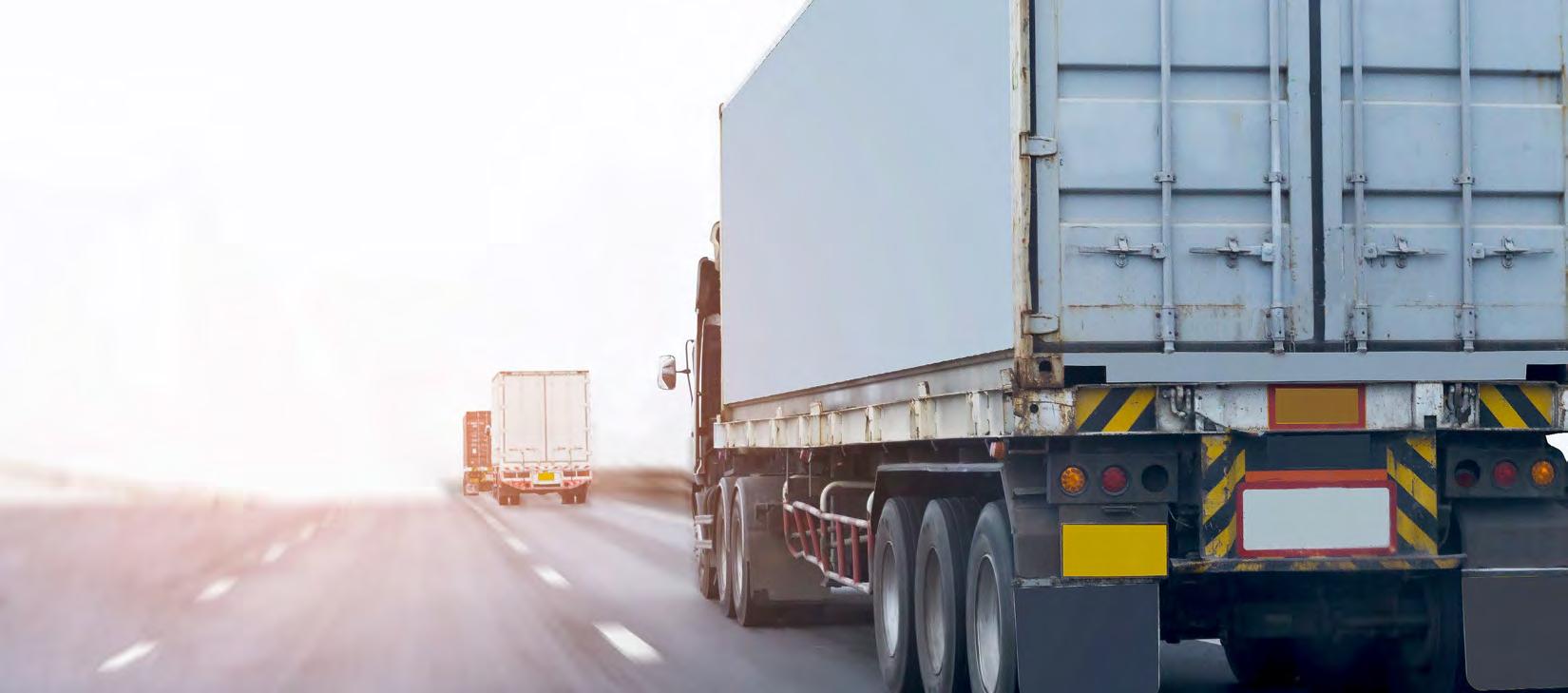
These opportunities are real. While not every business that chooses advanced route optimization software is looking to enhance sustainability, at Aptean, we’ve witnessed impressive results when that has been—at least in part—the focus of the implementation.
Here are a couple more examples of where we’ve seen a significant impact:
› A major U.S. food distributor reduced its pickup and delivery truck fleet by 10%, cutting gas consumption and emissions correspondingly.
› In the U.K., grocery chain Tesco is using route optimization software with the specific goal of reducing the CO2 created per case of goods delivered by 50%.
These companies are business leaders. So when it comes time to report to customers, staff, and investors, they can honestly say they’ve done more than just tick a “green” box.
The push for green freight is not going away; it will only increase. To maintain competitive advantage, the time to act is now.
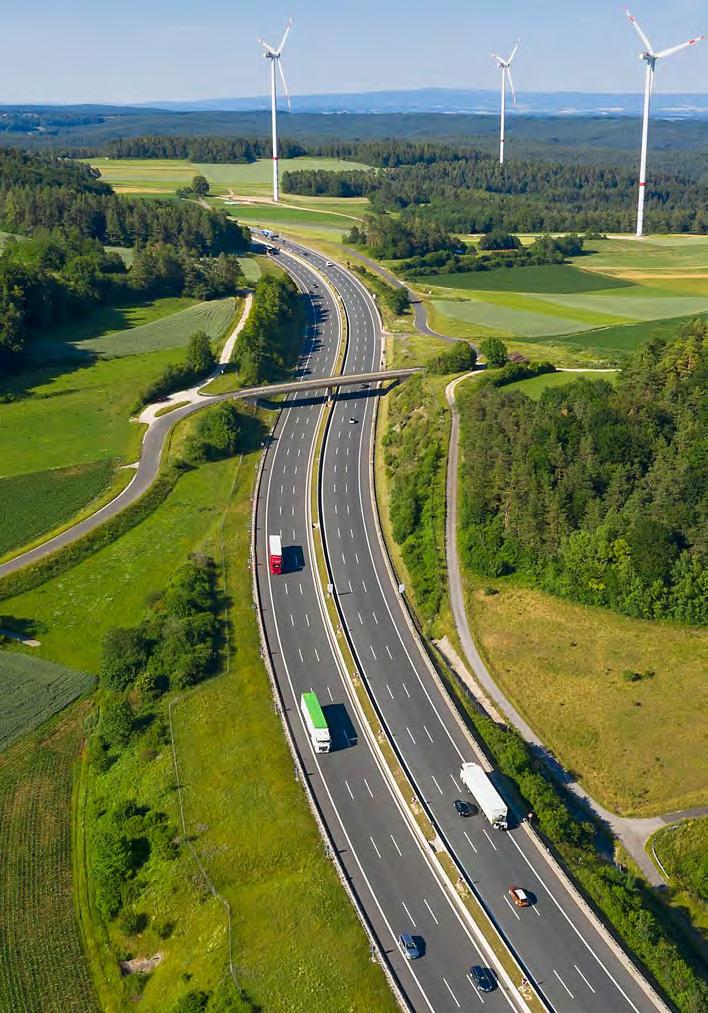
Going green is, at the root, about using less resources—including fuel, labor, vehicles and time. It doesn’t have to be complicated. Route optimization can be a simple proposition. The benefits are easy to grasp and immediate too. The basic fact is, when you reduce the greenhouse gases, congestion and pollution produced by your freight operations, you save money. You’re not just being socially conscious—you’re also benefitting the bottom line.
The American Trucking Association (ATA) estimates there are 3.63 million Class 8 trucks in operation in the U.S., driving roughly 247 billion truckmiles per year. Inefficiency likely accounts for 10-30% of those miles. Even assuming a very conservative 5% efficiency gain is possible across America’s fleets, we’re talking about 12.3 billion preventable miles, $20.9 billion in avoidable costs, and nearly 5.4 billion tons of needless CO2 emissions.
Blackheath Products, a wholesale supplier to the construction and furniture industries in the UK, reported that as a result of implementing advanced route optimization software, the company achieved fuel and mileage savings of 20%.
Canadian dairy vendor Saputo Inc. slashed 35% off its fuel bill by reducing delivery miles and lowering carbon emissions after implementing routing and scheduling software.
Dubai-based AKI Group cut an astonishing $1 million from its annual transportation bill after adopting route optimization software. The company makes an estimated 12,500 deliveries of a wide range of products to 5,500 customers sites in the United Arab Emirates each month. After implementation, it also lowered the average cost per delivery by 65% after adopting route optimization software.

Let’s start with the basic value proposition of route optimization software. Optimized routing solutions use complex algorithms to determine the most efficient routes. But the beauty of it is that you don’t have to get involved with the math. In fact, that’s precisely the point. If you’re planning delivery routes manually, or with rudimentary software that’s not really designed for the job, you’re constantly making complex mathematical calculations about the best sequence in which to make those deliveries—whether you know it or not. And as much as we’d like it to be, the human brain is no match for a powerful computer program. Which let’s be honest, is far more capable of arriving at the best solution, again and again, even when it comes to routing relatively small delivery operations.
For example, a routing problem involving 10 vehicles and 10 stops per vehicle produces approximately 125,631,301,911,058,044,000 possible route permutations – or 125 quintillion. That’s four times as many ways as there are to arrange a 3×3×3 Rubik's Cube. You might enjoy playing with a Rubik’s Cube, but it’s pretty unlikely you want to perform the equivalent task every time you plan your day’s freight routes. The route optimization algorithms take the strain, relieving you and your team of the onerous task of manual planning.
Better yet, these algorithms aren’t just cold, hard math. Algorithms are sets of step-by-step, if-then instructions that can be followed by a computer. They are therefore capable of incorporating the incredibly valuable, specialized, day-to-day knowledge that planners, dispatchers and drivers gather while performing their jobs. You decide what governs the software’s decisions; then the software does the heavy lifting.
You’re not ceding total responsibility for routing to some inhuman system that creates logical routes that don’t work out in the real world. It’s a great example of computers and humans working together to achieve better results than either could alone. (Check out this simple explanation by an MIT Professor of how algorithms work.)
The route optimization software takes account of the deep knowledge you have gathered over time about your business. This goes beyond what products your customers want and when they want them, stretching into ad hoc details such as delivery time windows or when yards will be least congested. The software combines these with other, hard-fact variables, such as average road speeds at different times of the day, the location of low bridges or other barriers that require a different route, and dozens of other variables. It then calculates the most efficient delivery routes and times, while consistently meeting customer expectations.
At its heart, route optimization software untangles the web of inefficient routing that tends to happen without it. Here’s an example of what an actual route looks like before and after software-aided route optimization:
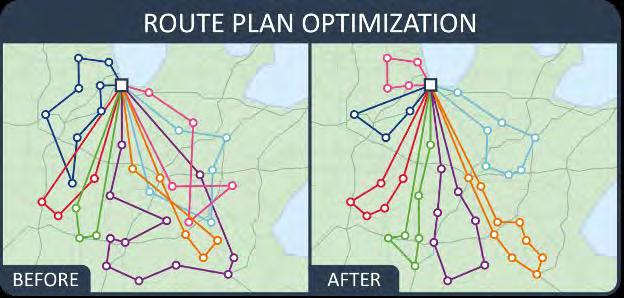
Implementing route optimization software allows you to create more efficient routes easily and quickly. That means fewer miles and less time spent on the road. This reduces GHGs, pollution and congestion—all good for sustainable freight practices. Of course, in doing so, it can also cut 10-30% of your overall transportation costs almost immediately. But that’s not all—check out these stats:
› Vehicles carrying heavier loads use more fuel per mile and therefore generate more CO2 per mile, so route optimization software includes functionality to ensure heavier loads are delivered first.

› Applications such as the Carbon Minimizer module in Aptean Routing & Scheduling software calculates the total CO2 and fuel content of all routes and schedules in a transportation plan, then changes stop sequences and swaps stops between routes, reducing fuel consumption by an average of 2.3%.
› Advanced route optimization software offers users the option of shifting to alternative-fuel vehicles, such as electric or CNG, maximizing usage by considering their limited range. If you are aiming for a staggered adoption, the software can easily handle a mix of differently powered vehicles, depending on your green strategy.
› The software allows you to allocate both pickups and deliveries to the same vehicle, for example by integrating supplier backhauls into your delivery schedules, reducing empty miles and unnecessary trips.
› The software’s ability to quickly and easily run “what-if” scenarios allows you to explore strategy shifts that impact CO2 emissions, such as changing from big rigs to smaller box trucks, or adding a DC to minimize truck travel time/ miles.
› Related services such as advanced electronic proof of delivery (ePOD) and home delivery management solutions offer users a far greater rate of first-attempt delivery success, reducing the significant expense and environmental implications of expending resources in re-delivery, while greatly improving overall customer service.
Manual route planning also creates needless paperwork, customer service resources, staff time, and overhead costs. That’s not green, either.
Unnecessary use of any resource goes against achieving sustainability. With cutting-edge technology, businesses that operate delivery fleets can make the delivery process more streamlined in ways that boost sustainability and savings in departments other than transportation, including customer service, human resources and even billing.

› Save time and paperwork. Systems such as electronic proof of delivery decrease administration tasks and materials, both at the point of delivery and back at base. Electronic forms mean less paperwork. Automated data capture and transmission directly into the software allows for less human error and smaller support facilities.
› Empower customer self-service. Allowing customers to choose delivery timeslots, online, at the point of sale, reduces the need for customer service staff. You can curate these choices to maximize efficiency at your end, and even offer customers “greener”, and more convenient, delivery slots.
› Reduce WISMO calls. Automated notifications of impending delivery, or of any delay, sent direct to the customer, reduce the resources needed to constantly respond to “Where is my order?” (WISMO) calls. This can also free up customer service staff to attend to more complex or even systemic problems.
› Cut invoicing snarls. Automated generation and transmission of invoices at the time of delivery means businesses get paid faster, and with fewer expensive and time-consuming errors, again reducing manpower.
› Speed dispute resolution. Implementing proof of delivery software also improves your dispute management function—further improving operational efficiencies and reducing costs.
There’s a reason customers (and quite likely employees) are demanding that companies embrace sustainability. They are experiencing a growing sense of urgency, as the effects of climate change become increasingly clear.
More fuel-efficient and alternative fuel trucks are only part of the solution. If more efficient trucks are still driving inefficient routes, the problem is only half solved. Replacing old vehicles costs time, money, and natural resources (plus, what happens to the old ones?). Route optimization starts cutting costs, congestion, and emissions—using existing equipment, right now.
A great real-life example is Martin-Brower, a dedicated distributor for the QSR (Quick Service Restaurant) industry, which reduced the CO2 output of its standard diesel truck fleet by 900,000 lbs annually simply by deploying route optimization software. “We are proud that we have been able to reduce our carbon footprint by cutting our emission levels,” said Chuck Gans, Director, Operations Support, Martin-Brower.
Cutting 10-30% of your transportation miles will translate into correspondingly large reductions in CO2 emissions, plain and simple. But it will also bring improvements that can be leveraged to gain favor with internal stakeholders, such as C-level executives who are under pressure to develop supply chain sustainability. It also has the potential to reassure and impress existing customers, as well as presenting a more attractive face to prospective customers. All this and a profit boost, too. It’s the right thing to do, and a good deal all around.

Lastly, because sustainability is largely about making life better for humans in the long run, it’s worth considering the other human benefits of route optimization software. One great example is pointed out by Mike Roeth, Executive Director of the North American Council for Freight Efficiency (NACFE), which researches freight efficiency with carriers, manufacturers, government agencies and NGOs. Greener logistics makes life better for truck drivers.
The current truck driver shortage is causing consternation across the industry, not least for the drivers themselves. With better-routed freight operations, there’s a much better chance of getting drivers back with their families every night, or at least at predictable times, instead of ending their shifts, sometimes without warning, far from home. That is a huge benefit for the drivers.
Route optimization also ensures fairness in assigning routes. Younger and newer drivers often complain they are getting the routes left over when dispatchers have given the choice routes to other, more experienced drivers. The favoritism may be unintended, and simply the result of a driver asking to stick to the routes they already know.
Better route planning and scheduling software makes it easier for a dispatcher to deal with new drivers fairly, while at the same time treating established ones right. It also allows dispatchers to arrange for new drivers to work alongside seasoned drivers when teams are required, helping spread decades of road know-how to the new recruits.
All of this makes it easier to attract and retain drivers—a huge challenge for many fleet operators that is unlikely to recede any time soon. Advanced route optimization software can be programmed to make driver-friendly routes a priority.

Remember when you started taking reusable bags to the grocery store? At first, most likely it felt like a pain, but then it became a no-brainer. Taking the first steps towards sustainable freight operations or taking sustainability up to the next level is also easy and will look like an obvious move in hindsight.
The chances are, if you’re reading this, you’re curious about making your freight operations greener, but you don’t currently have the right software to take you there. Perhaps you’re deploying a manual approach, using Excel spreadsheets or post-it notes to determine routes. Or you’re relying on software that’s really designed for less specialized purposes or is too old to offer up-to-date features.
Although it can be daunting to choose and install a new software system, most advanced route optimization software systems take only weeks to implement and offer very persuasive ROI. This technology typically pays for itself in 3-12 months. After that, the impressive benefits and savings keep coming. Routing software is the gift that keeps giving.
Smart technology is essential for achieving increased sustainability. Route optimization software is an increasingly important tool for improving competitive advantage by boosting your freight operations’ sustainability practices and saving money.
Even better, developing green freight strategies will improve customer service and employee satisfaction by creating a more reliable, streamlined delivery experience for everyone. Not only will transportation become a valued source of green credentials for the company overall, you’ll be able to take pride in contributing to your organization’s ability to be a good corporate citizen, with eyes firmly set on the future.
It’s time to take your freight operations to the next level of sustainability. It’s time for green freight now.

Interested to see how Aptean can help your freight operations?
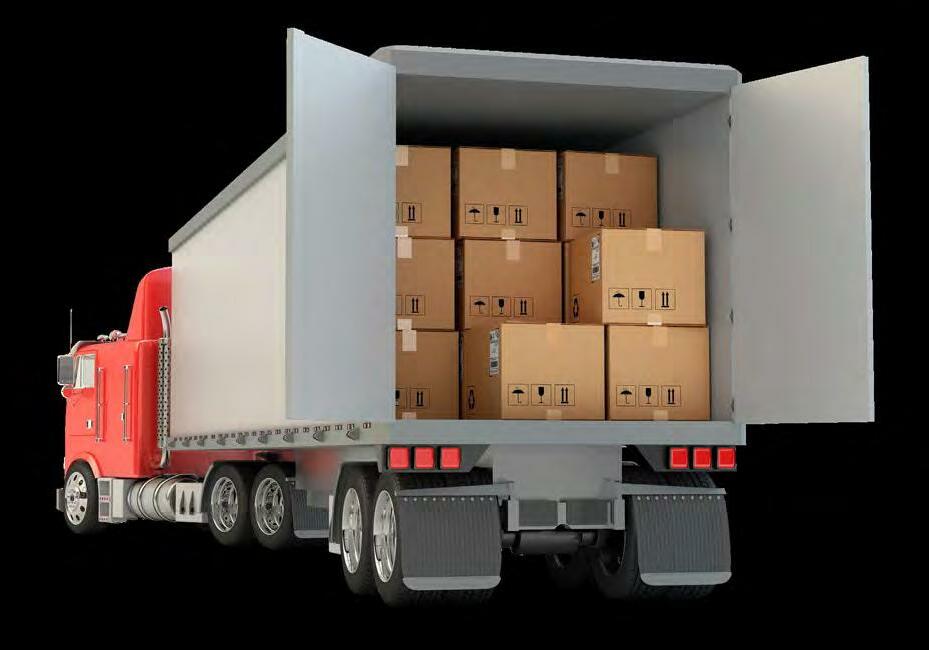
Contact us at info@aptean.com or visit www.aptean.com.
Aptean is one of the world’s leading providers of purpose-built, industry-specific software that helps manufacturers and distributors effectively run and grow their businesses. With both cloud and on-premise deployment options, Aptean’s products, services and unmatched expertise help businesses of all sizes to be Ready for What’s Next, Now®. Aptean is headquartered in Alpharetta, Georgia and has offices in North America, Europe and Asia-Pacific.
To learn more about Aptean and the markets we serve, visit www.aptean.com.